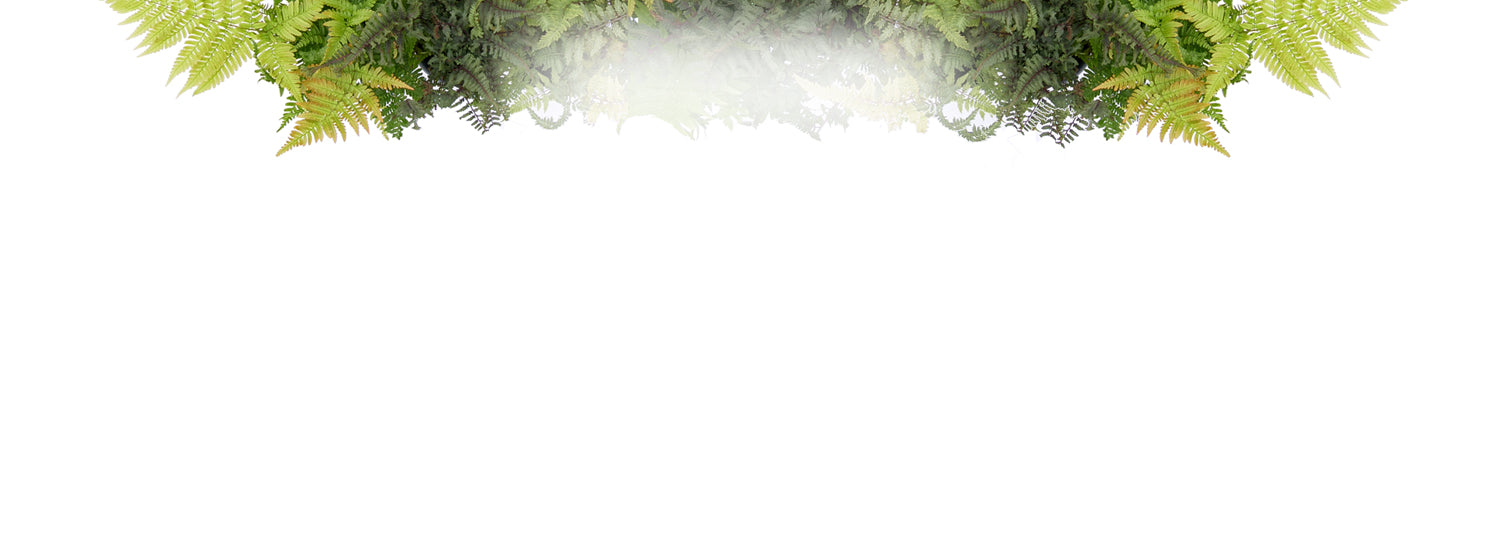Description
Plant spacing is based on the ultimate width of the plants. This figure is normally given as a range; for example, 3-5’. If you live in a cold climate and/or want plants to fill in more quickly, plan to space at the shorter end of the range. If you live in a warm climate, are on a limited budget, or are willing to wait longer for plants to touch, use the higher end of the range. Using the larger number is recommended when calculating distance from a building or structure. There’s really no such thing as "maximum spacing": if you don’t want your plants to touch, you can space them as far apart as you’d like. All plant spacing is calculated on center, or in other words, the centers of the plants are spaced one half of their eventual width apart:

Unless you are planting in a straight line, as you might for hedges or edging, space your plants in a staggered or zig-zag pattern for a more interesting and naturalistic look:

Hand-picked at our greenhouse
Shipped to your door
Arrives as young plant
Rose bushes are a garden classic! Learn how to grow roses, when to prune roses, why the leaves are turning brown, why your plant isn't flowering, and everything else you need to know to grow roses like a pro.
I bought 2 of these Ringo roses. Packaged well for shipping and looked healthy upon receipt. They are planted and are growing well. Description says these are disease resistant, and so far seems to be true. They are not insect resistant though! Something has been eating the leaves, so I’ve been on a mission to spray them with Neem Oil. Hopefully that will help. They are flowering already and have quite a few buds for being so young. The flowers emerge and bloom a bright yellow which is pretty, but I have to say that the color quickly fades to more of a very light creamy yellow color. I would prefer that they stay the bright yellow, as that is what attracted me in the first place.



